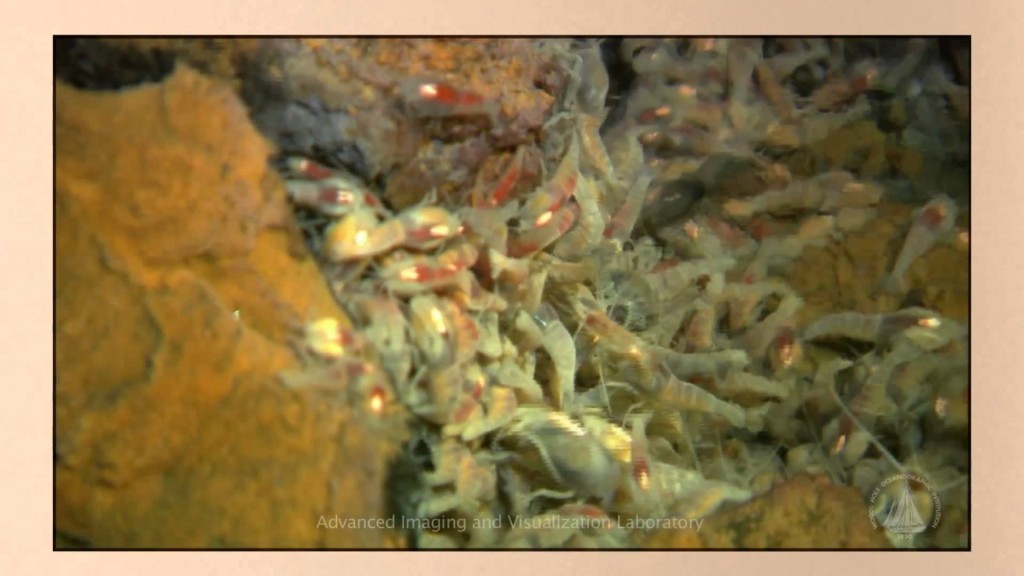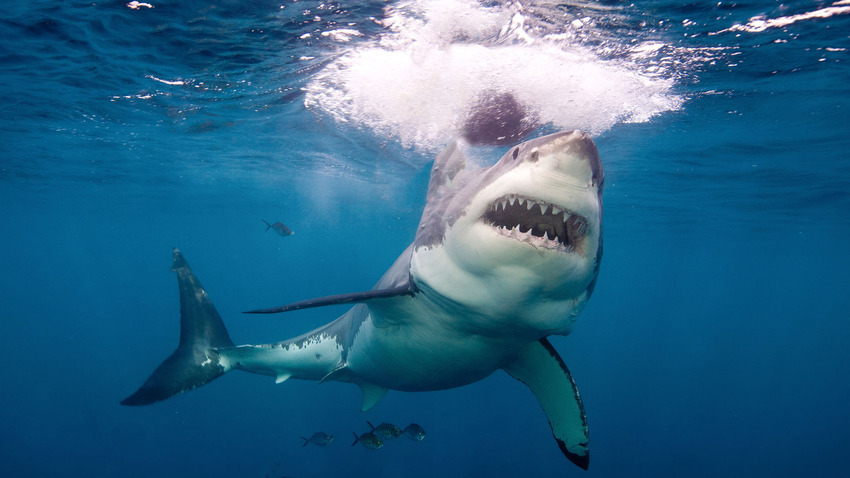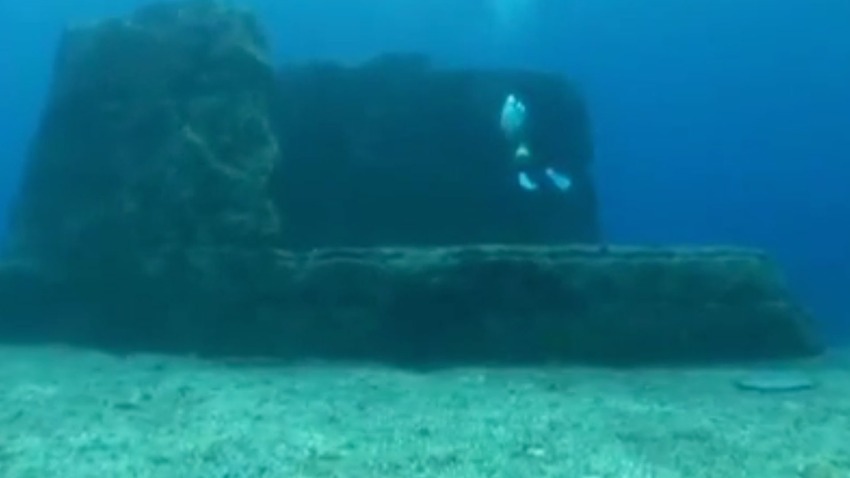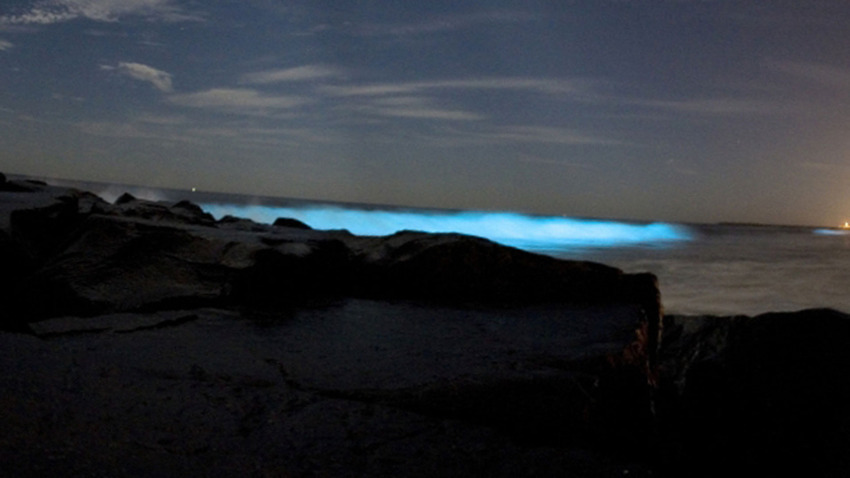
Deep Ocean Mysteries and Wonders Documentary
In the deepest, darkest parts of the oceans are ecosystems with more diversity than a tropical rainforest. Taking us on a voyage into the ocean — from the deepest trenches to the remains of the Titanic — marine biologist David Gallo explores the wonder and beauty of marine life.
Originally posted 2016-02-28 20:28:05. Republished by Blog Post Promoter














